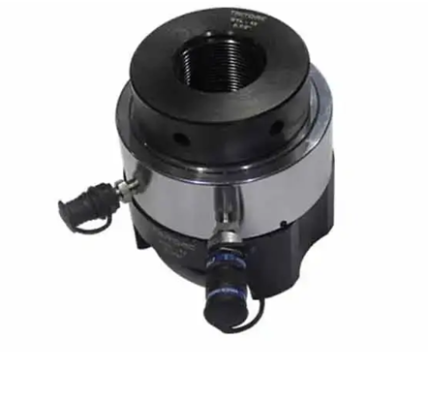Due to the individual fear and greed that emerge during periods of instability, free market economies are generally pretty volatile. As Kavan Choksi says, examples of financial booms and busts are plentiful in history, but economic systems have managed to evolve over the generations through trial and error. Apart from regulating economies, the government also used varied tools and strategies to mitigate the natural ups and downs of economic cycles.
Kavan Choksi underlines a few tools used by the Fed to influence the economy
The Federal Reserve (The Fed) is meant to maintain stability and growth in the United States economy through full employment and price stability. Historically, the Fed has managed to achieve this goal by adjusting reserve requirements, engaging in open market operations (OMO), and manipulating short-term interest rates. The Fed has also developed certain tools and techniques to fight economic crises. Here are a few tools and strategies used by the Fed to influence the economy:
- Manipulating interest rates: The most common tool used by central banks across the world, including the Fed, is the manipulation of short-term interest rates. They may raise or lower the interest rates in order to slow or spur economic activity and manage inflation. If interest rates are lowered, it becomes cheaper to borrow money and less lucrative to save, thereby encouraging more businesses and individuals to spend more money. As interest rates go down, more money is borrowed, savings decline and more money. As borrowing increases, the total supply of money in the economy increases as well. This leads to more money supply and spending, lesser savings and higher economic activity on the whole. Lowering interest rates also tend to increase inflation, which may have negative implications as the total supply of goods and services is essentially finite in the short term. Prices surge when more dollars are chasing that finite set of products.
- Open market operations: The use of open market operations (OMO) would basically involve the Fed buying or selling Treasury bonds in the open market. This can both impact the interest rates and increase or decrease the total supply of money. The Federal Reserve boosts the money supply in the economy by exchanging cash for bonds when it purchases bonds on the open market. On the other hand, it reduces the money supply by withdrawing cash from the economy in exchange for bonds when it sells them. Thus, open market operations have a direct impact on the money supply. OMO tends to have the same impact as the direct manipulation of interest rates when it comes to lowering rates/increasing money supply or raising rates/decreasing money supply. The core difference between these two strategies is that OMO is considered to be more of a finetuning tool as the size of the U.S. Treasury bond market is vast and OMO can apply to bonds of all maturities to impact money supply.
Kavan Choksi points out that the Fed can also adjust the reserve requirements of banks, which determines the level of reserves a bank should hold in comparison to specified deposit liabilities. On the basis of the required reserve ratio, the bank should hold a percentage of the specified deposits in vault cash or deposits with the Federal Reserve banks.




